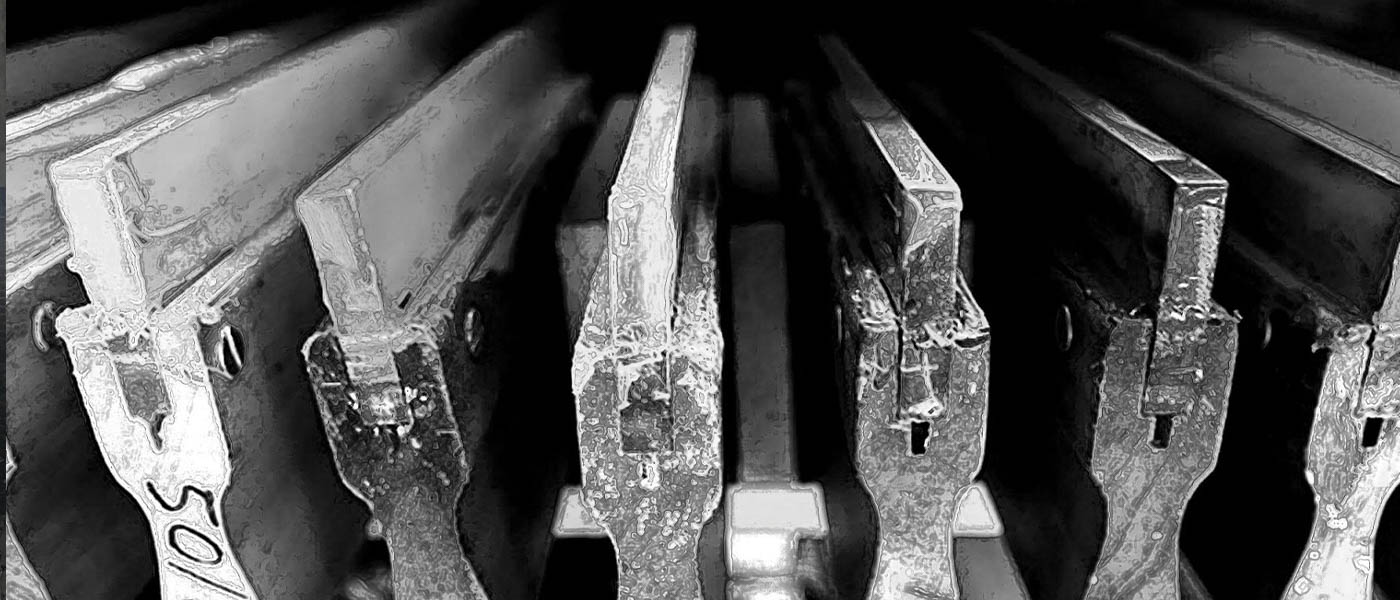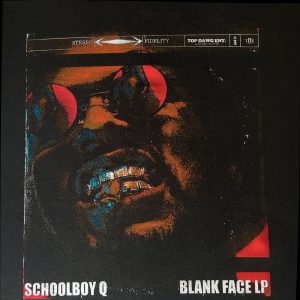
Screen printing is a printing technique where a mesh is used to transfer ink onto a substrate, except in areas made imper- meable to the ink by a blocking stencil. A blade or squeegee is moved across the screen to fill the open mesh apertures with ink, and a reverse stroke then causes the screen to touch the substrate momentarily along a line of contact. This causes the ink to wet the substrate and be pulled out of the mesh apertures as the screen springs back after the blade has passed. One color is printed at a time, so several screens can be used to produce a multicoloured image or design.
There are various terms used for what is essentially the same technique. Traditionally the process was called screen printing or silkscreen printing because silk was used in the process. It is also known as serigraphy, and serigraph printing. Currently, synthetic threads are commonly used in the screen printing process. The most popular mesh in general use is made of poly- ester. There are special-use mesh materials of nylon and stainless steel available to the screen printer. There are also differ- ent types of mesh size which will determine the outcome and look of the finished design on the material.

CMYK, also known as Four Color Process, stands for Cyan, Magenta, Yellow and Black. CMYK is a color profile originally designed for printing on white paper. Cyan, Magenta, Yellow and Black are layered in halftones (various densities of dots of each color) in such a way as to produce a full color image. By layering these colors and varying the densities of the halftones, and allowing a white background to show through as well, a decent spectrum of colors can be achieved. In reality, there is technically a 5th “color” involved with CMYK – a white substrate.
CMYK is known as a subtractive process, meaning that for each additional color used, more light is removed to achieve that color. When using 100 values for each color in CMYK, the result is black. By its nature the color profile for CMYK is limited in comparison to the RGB color profile (what you see on computer screens). RGB results in a more vibrant and diverse color profile than CMYK.
CMYK can be used in screen printing to create a full color design, although there are more considerations and complexities when screen printing CMYK on fabric than printing CMYK on paper, which will be outlined below.

Plastisol is used as ink for screen-printing on to textiles. Plastisols are the most commonly used inks for printing designs on to garments, and are particularly useful for printing opaque graphics on dark fabrics. Plastisol inks are not water-soluble.
Plastisol inks, commonly used for textile printing and especially for t-shirts, are a PVC-based ink composed of a clear, thick plasticizer fluid and PVC resin. The full name for PVC is polyvinyl chloride
Plastisol ink does not expire. You could have 20-year old ink that if mixed would likely print just fine. There is no water in plastisol to evaporate or solvent to flash off. It may be a little thicker, but it will still print

Discharge printing is a screen printing process where the same techniques and equipment are used but instead of normal ink, discharge inks are used, which remove the shirt’s dye instead of putting a color on top of the shirt.
Discharge ink is a water-based ink that you use on dark garments to give it a soft hand feel. It’s created by adding a discharge agent to water based ink that removes the dyes in the fabric and replaces them with the desired ink color.

Water based inks are screen-printing inks that are water soluble. They differ from traditional plastisol inks in several ways. Water based inks are much thinner and when printed with, will be absorbed into the fibers of the garment, becoming one with the shirt. This allows garments printed with water based inks to have little to no feel and retain the garments original flexibility and breathability.
Water based ink prints should also last as long as the garment they are printed on. Plastisol is much thicker and sits on top of the garments fibers. This causes the garment to lose breathability and some flexibility. Plas- tisol ink has a shorter longevity and will crack and peel over time. Water based inks also allow greater ability to print fine detail, especially with multiple color designs.